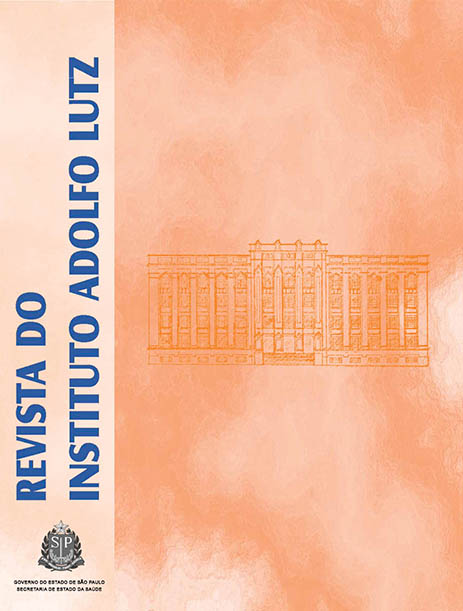Abstract
Little is known of the presence of Salmonella in Brazilian cocoa, which justifies the present work that had the aim of checking the presence of total Enterobacteriaceae, coliforms, Escherichia coli and Salmonella in semi-processed cocoa products. A total of 150 samples of cocoa products from two different cocoa-processing manufacturers were analyzed (30 samples of nibs, 30 of liquor, 30 of cocoa cake, 30 of cocoa butter and 30 of cocoa powder). The samples of processed cocoa products had pH values between 5.31 and 7.35, and water activity ranging from 0.29 to 0.52. E. coli and Salmonella were not detected in any of the samples analyzed. Regarding the other analyzed microorganisms, 17% of the nibs contained total Enterobacteriaceae, 20 % showed total coliforms, while thermotolerant coliforms were detected in one sample (0.6 log MPN/g). Seven percent of liquor and cocoa powder samples showed total coliforms. In cocoa cake, the same percentage in regard to total Enterobacteriaceae was observed. Total Enterobacteriaceae and total coliforms were detected in one sample of cocoa butter. Despite the low contamination observed, these results indicate failure in quality programs of the manufactures studied, since these bacteria are easily inactivated by thermal and sanitizer process.
References
1. Beckett ST. The science of chocolate, 2nd ed. London (UK): Royal Society of Chemistry Paperbak; 2008.
2. European Commission. Salmonella in Foodstuffs. Opinion of the Scientific Committee on Veterinary Measures Relating to Public Health. [cited 2007 nov 22]. Avaliable from: http://ec.europa.eu/food/fs/sc/scv/out66_en.pdf.
3. Cordier JL. HACCP in the chocolate industry. Food Contr. 1994;5:171-5.
4. International Commission on Microbiological Specifications for Foods. Cocoa, chocolate and confectionery. In: Microorganisms in Foods 6: Microbiological Ecology of Food Commodities. 2nd ed. New York (NY): Kluwer Academic; 2005. p. 467-479.
5. Jay JE. Microbiologia de alimentos. 6th ed. Porto Alegre (RS): Artmed, 2005.
6. Instituto Adolfo Lutz (São Paulo – Brasil). Métodos Físico-Químicos para Análise de Alimentos: Normas Analíticas do Instituto Adolfo Lutz. 4th ed. Brasília (DF): ANVISA; 2005.
7. Andrews WH, Hammack TS. Salmonella. In: Bacteriological analytical manual online. Food and Drug Administration. [cited 2007 nov 22]. Avaliable from: http://www.cfsan.fda.gov/ebam/bam-5.html.
8. Kornacki JL, Johnson JL. Enterobacteriaceae, coliforms and Escherichia coli – quality and safety indicators. In: Downes, FP, Ito K, editors. Compendium of methods for the microbiological examination of foods. Washington (DC): American Public Health Association; 2001. p.69-82.
9. Werber D, Dreesman J, Feil F, van Treeck U, Fell G, Ethelberg S et al. International outbreak of Salmonella Oranienburg due to German chocolate. BMC Infect Dis. 2005;5(7):7-17.

This work is licensed under a Creative Commons Attribution 4.0 International License.
Copyright (c) 2011 Instituto Adolfo Lutz Journal
